IRGC a thorn in the side of enemies; no power dares to threaten Iran: Analyst
By Alireza Akbari
The Islamic Revolution Guards Corps (IRGC) plays an indispensable role in fortifying the strength and resilience of the Islamic Republic of Iran across multiple domains, says an analyst.
Speaking to the Press TV Website on the occasion of the IRGC’s 46th anniversary, Asghar Zarei highlighted the organization’s nearly five decades of strategic evolution and operational expertise, particularly anchored in the era of the Sacred Defense.
An expert in international affairs, Zarei asserted that the IRGC has emerged as a thorn in the side of adversaries, with no power daring to threaten or act aggressively against the Islamic Republic.
He emphasized that the IRGC's strength derives not only from its military capabilities but also from its profound ideological roots and rich historical legacy.
“Thanks to the legacy left behind by the late Founder of the Islamic Revolution Imam Khomeini, and today, under the leadership of the Leader of the Islamic Revolution Ayatollah Seyyed Ali Khamenei, the IRGC—alongside the Army—forms two powerful arms tasked with safeguarding the sanctity of the Islamic Republic and protecting the Iranian nation,” he said.
Zarei quoted the late Imam Khomeini, remarking that if there were no IRGC, there would be no country.
“Today, we witness how the IRGC has elevated its operational and field expertise, along with its technological capabilities, to modern and advanced levels in the realm of defensive and deterrent forces,” he stated.
True Promise I: Iran's historic retaliatory operation against Israeli positions
— Press TV 🔻 (@PressTV) April 13, 2025
Follow: https://t.co/mLGcUTS2ei pic.twitter.com/wyL4qpDy6p
He noted that the IRGC’s rise in technological and strategic power stems from its success in mobilizing elite talent, scientific resources, and national potential.
“In areas such as modern technology, defense equipment, military systems, missile capabilities, and space technologies, the IRGC holds a leading position,” Zarei said.
He further highlighted the IRGC’s growing deterrence power in light of its technological advancements.
“Through the production of a wide range of highly advanced and modern equipment, it has, in fact, ensured defensive and security self-sufficiency for the Islamic Republic of Iran,” he stated.
Zarei cited several key accomplishments, including the IRGC’s advancements in aerospace, missile systems, mechanized and armored vehicles, and a broad range of strategic defense equipment.
According to him, these capabilities have drawn open acknowledgment from adversaries, including the United States and the Zionist regime.
Zarei pointed to the IRGC-led Operations True Promise I and II against the Zionist entity last year as powerful demonstrations of Iran’s growing military strength, describing them as showcasing “only a fraction of some of the capabilities of the IRGC and the country’s armed forces.”
In mid-April 2024, Iran launched Operation True Promise I, a large-scale response to the Israeli regime’s terrorist attack on Iran’s diplomatic mission in Damascus—a move Tehran considered a blatant violation of its sovereign territory.
The retaliatory operation featured a barrage of ballistic missiles and drone strikes targeting Israeli military positions and marked a major shift from Iran’s long-standing policy of strategic restraint.
Later, on October 2, Iran initiated Operation True Promise II, targeting Israeli military and espionage sites. The operation included a wave of missile strikes, with 33 ballistic missiles successfully hitting the Nevatim Airbase—home to Israeli F-35 fighter jets and various other aircraft, including tankers and reconnaissance planes.
Explainer: Operation True Promise II: What missiles did Iran use, and what were the targets? pic.twitter.com/aHJeFv9ZJF
— Press TV 🔻 (@PressTV) October 2, 2024
“They (enemies) admitted that, for the first time, Iran’s armed forces and the IRGC used equipment and technologies that were undetectable and untraceable by their intelligence and defense systems.”
Beyond the battlefield, Zarei underscored the IRGC’s central role in national development.
“Beyond military roles, the IRGC is also a major contributor to national infrastructure development through organizations like Khatam al-Anbiya Construction Headquarters and other affiliated institutions,” he said in a conversation with the Press TV website.
He listed major areas of involvement by the IRGC, including dam construction, road development, refinery projects, mining operations, and oil and gas extraction.
"Today, the IRGC plays a leading role in managing and implementing major construction and industrial initiatives across the country. Alongside its advanced military operations, the IRGC has also pursued a highly commendable path in production and serving the Islamic Republic of Iran," he said.
“By effectively attracting the elite and collaborating with knowledge-based companies, the IRGC has made optimal use of national expertise."
Reflecting on the force’s trajectory, Zarei stated that after nearly 50 years of experience, the IRGC has evolved into not only a military powerhouse but also a leader in high-tech and innovation-driven fields.
▶️ Iran's IRGC unveils a new underground 'missile base' spanning dozens of kilometers of tunnels.
— Press TV 🔻 (@PressTV) March 25, 2025
Follow: https://t.co/GKZwI4ehqL pic.twitter.com/rsB3vpXGgN
“In areas such as aerospace science, nanotechnology, plasma physics, laser technologies, and electronic warfare, the IRGC has attained remarkable capabilities. It can rightly be regarded as one of the most powerful armed forces in the world—both in terms of military strength and scientific advancement in cutting-edge technologies,” he noted.
Zarei emphasized that the Islamic Republic of Iran, alongside major global powers such as China and Russia, is fully capable of defending its territorial integrity and sovereignty. He added that Iran is well-prepared to respond decisively to any threats by leveraging its full spectrum of capabilities.
He also underlined the IRGC’s international outreach efforts. “The IRGC is also actively engaging in international cooperation. It has initiated productive collaborations in African and Latin American countries, as well as with certain regional states,” the analyst said.
“Furthermore, the IRGC is expanding its partnerships with powerful nations such as Russia and China, and with countries across Southeast Asia—inviting them to cooperate in areas where Iran has achieved significant technological advancements.”
Zarei referred to the establishment of the IRGC on April 22, 1979, by the order of the late Imam Khomeini, nearly a year after the victory of the Islamic Revolution.
“One of the lasting and visionary legacies of Imam Khomeini was the establishment of revolutionary institutions. These include the Construction Jihad, the Basij, the IRGC, the Foundation of Martyrs and Veterans Affairs,” he said.
He described the founding of these institutions, particularly the IRGC, as among the most significant and enduring achievements of the Islamic Revolution.
Civilizations must unite against unilateralism, warmongering: Iran’s deputy FM
VIDEO | Resistance against occupation
China expands use of Iranian rail corridor for cargo transit
Ukraine’s Zelensky says open to dropping NATO bid for security guarantees
Israel kills 3 in south Lebanon as it threatens ‘wide-scale’ attack
VIDEO | Iran’s mega solar plant to power 2.5 million homes
Hamas warns against Israel's plans to 're-engineer' Gaza
VIDEO | South Koreans join migrants in Seoul to protest on Migrant Workers' Day


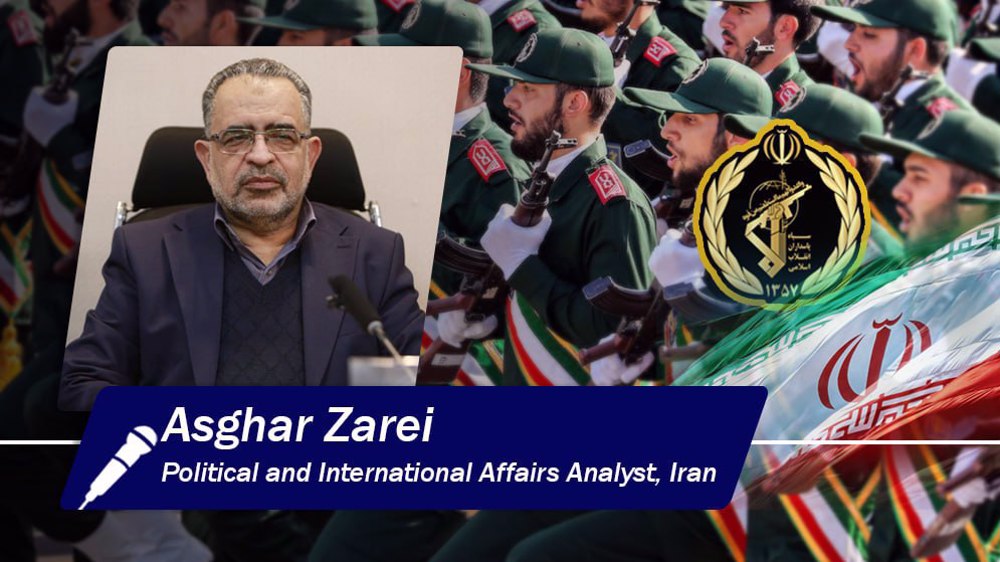

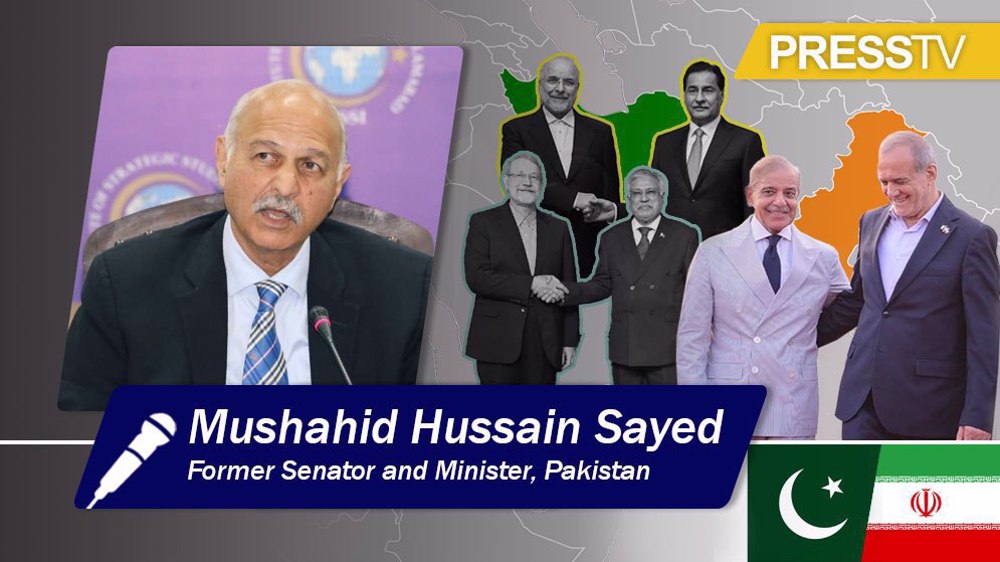




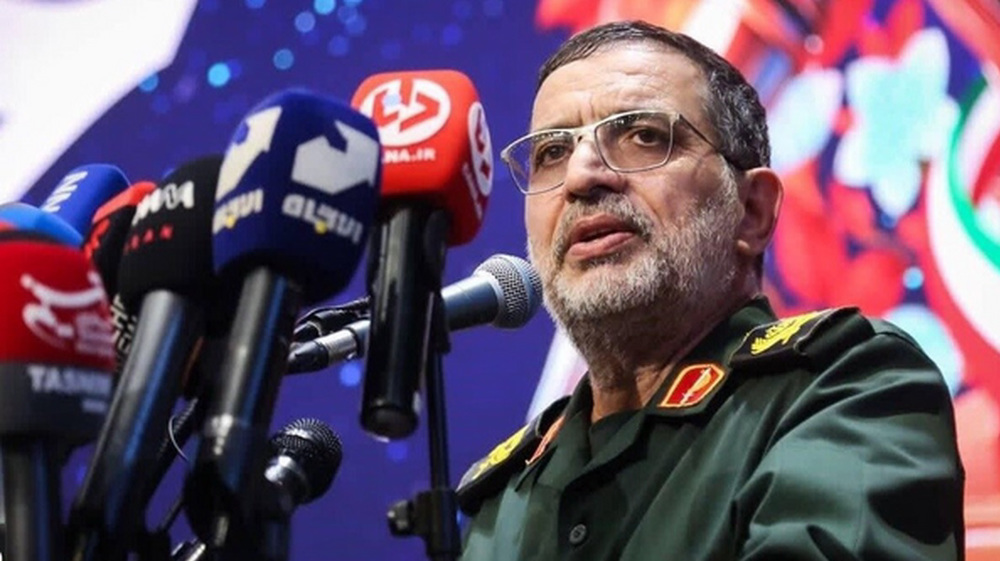
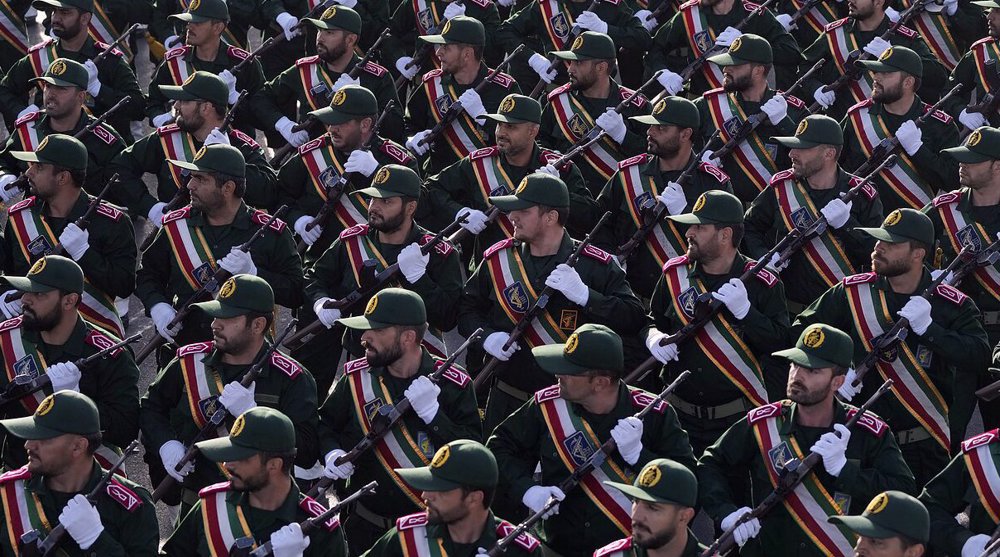
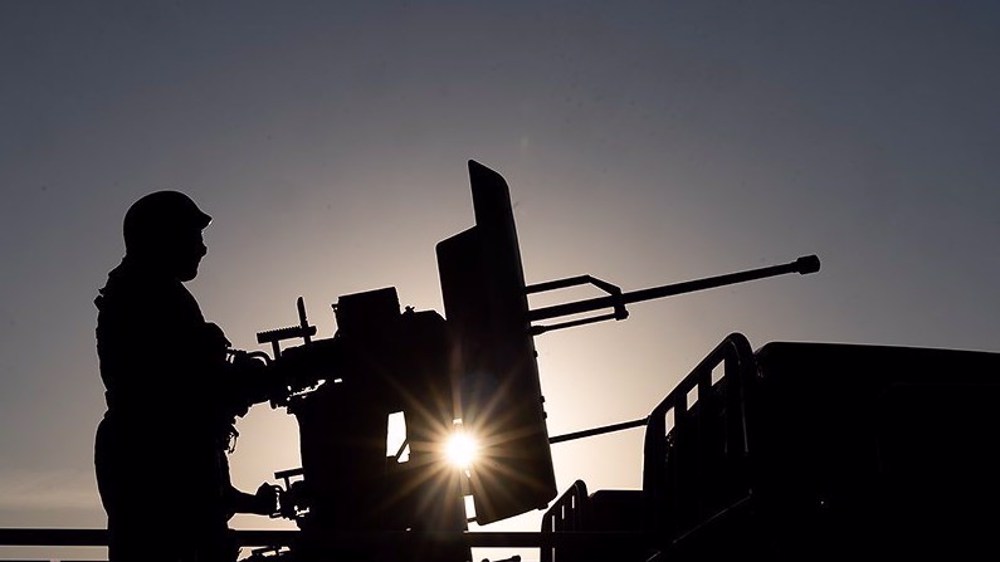
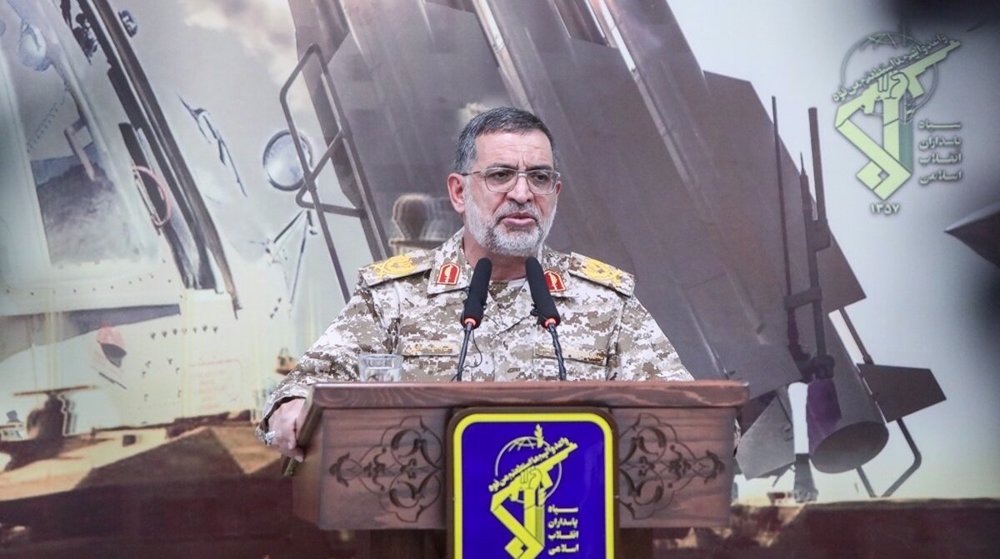
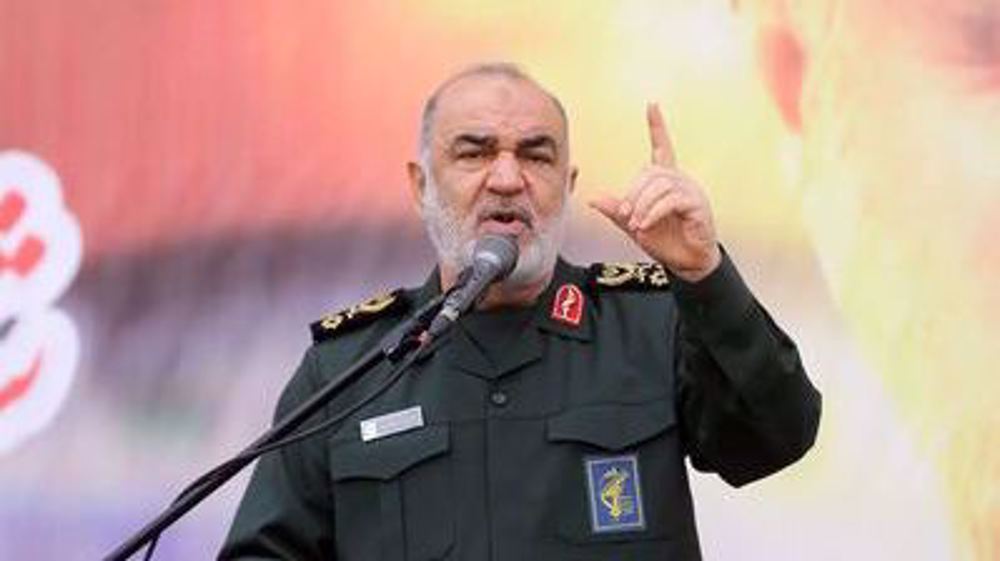
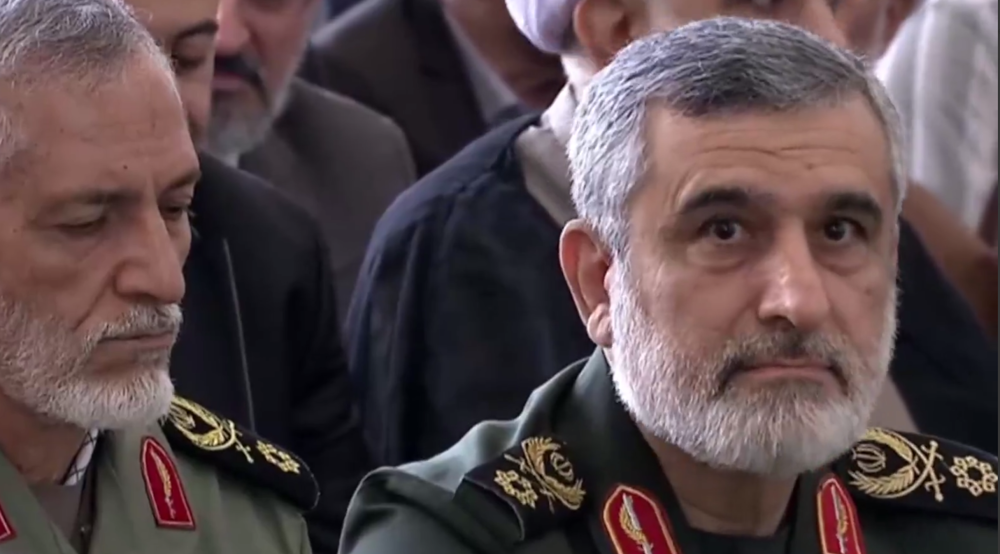

 This makes it easy to access the Press TV website
This makes it easy to access the Press TV website